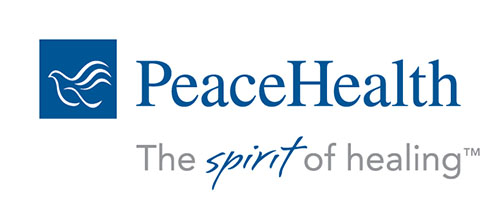By Floyd McKay
From Crosscut.com
“The long and winding road . . . that leads to your door.” Paul McCartney’s road could scarcely be longer and more twisted than the process that rolls forth next week as public comment closes (for the moment) on the controversial proposal to build a giant coal-export terminal north of Bellingham.
The Gateway Pacific Terminal (GPT) project has prompted the region’s most-complex environmental review since public agencies began doing environmental reviews in the 1970s. More than 10,000 comments were logged during the four-month period that closes today (Tuesday) at 5 p.m. In seven public meetings, online and via mail, citizens from across Washington and adjoining states told three public agencies what issues they want studied in an Environmental Impact Statement (EIS) that will shape the fate of the huge terminal.
Gateway Pacific is the latest of several proposals to site a fourth industry at Cherry Point, 17 miles south of the Canadian border on the Strait of Georgia. Marine SSA, the Seattle-based global terminal operator that will build and run the Cherry Point facility, proposed a smaller export terminal in the 1990s and gained some of the necessary permits. The process was delayed by a lawsuit that resulted in a 1999 agreement with environmental agencies. SSA did not pursue to the next permitting steps.
Gov. Chris Gregoire recognized the scale of the SSA Marine project. In November 2012, she created a multi-agency permitting team (MAP) to streamline the process. The 17-member MAP includes representatives from eight public agencies and from SSA Marine and BNSF Railway, which will build the spur line that will service the terminal. Despite the MAP’s efforts to simplify, the process from application to approval or rejection remains long and thorny, governed by both state and national laws and regulations. The MAP is not currently meeting and the permitting process has begun.
Final decisions on a host of permits aren’t expected until at least 2016 and legal appeals are inevitable. Even the most-optimistic timeline forecasts agree that no coal will be loaded onto Asia-bound ships until 2018, probably later—if at all. The sheer size and complexity of the project, the controversial nature of the coal it will load and the number of governmental agencies involved promise bumps and even some craters in the long and winding road to the terminal.
This is the first in a three-part series that will attempt to make sense of the elaborate permitting process, and take a look at the players (both pro and con) and the deciders.
Part One: The Players
The principal and project developer is Seattle-based SSA Marine. The company was founded in 1949 by Fred Smith as Bellingham Stevedoring Co., and moved to Seattle in the 1950s. Bellingham Stevedoring became SSA Marine in 1984. It is now the world’s largest terminal operator, with facilities in areas as far-flung as Vietnam and Iraq. Goldman Sachs Infrastructure Partners bought 49 percent of SSA in 2007. Goldman Sachs is just one of the deep-pocket partners who are working to help SSA open Gateway Pacific Terminal.
(To read the full article, published Jan. 22, 2013 in Crosscut.com, go to: crosscut.com/2013/01/22/coal-ports/112576/coal-train-the-Gateway-Pacific-Terminal-decision)
**If you are reading theOrcasonian for free, thank your fellow islanders. If you would like to support theOrcasonian CLICK HERE to set your modestly-priced, voluntary subscription. Otherwise, no worries; we’re happy to share with you.**







